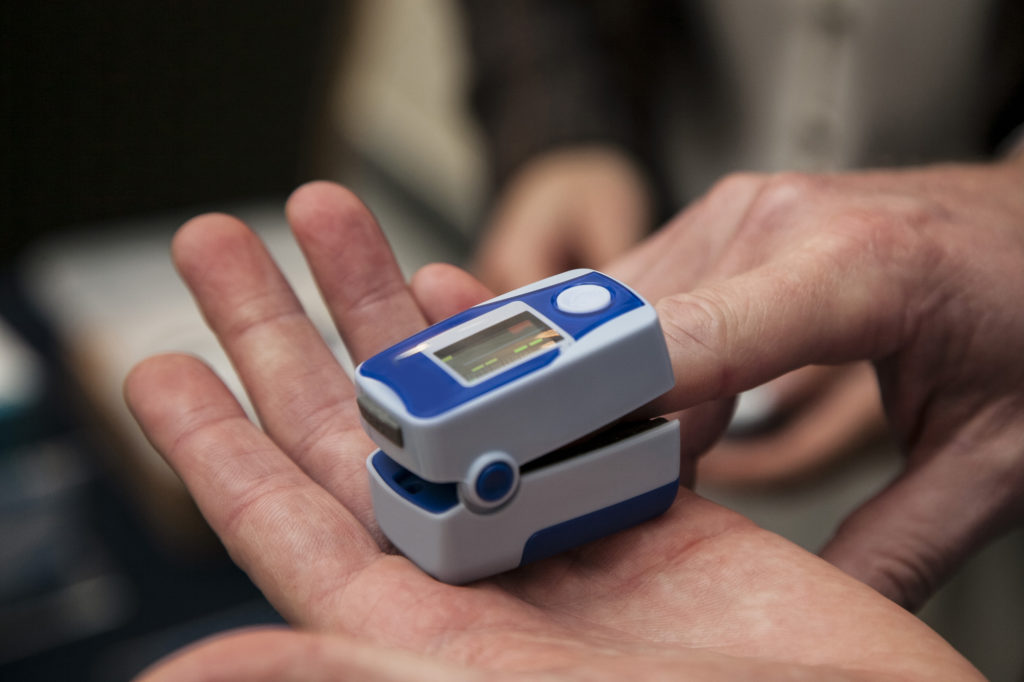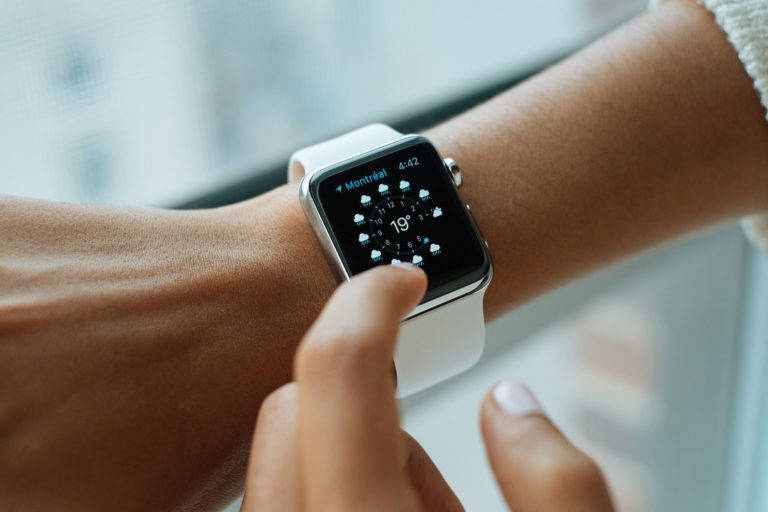
In today’s fast-paced world, maintaining good health is a top priority for everyone, especially as we grow older. One essential device that has gained significant importance is the oximeter. This handy device allows you to monitor your oxygen levels at home, providing valuable insights into your overall well-being. In this article, we will explore the importance of having an oximeter in your house and guide you on how to use it effectively.
What is an Oximeter and why is it important?
An oximeter is a small, portable device that measures the oxygen saturation levels in your blood. It is particularly crucial for individuals with respiratory conditions, cardiovascular issues, or those recovering from certain illnesses. Here’s why having an oximeter in your house is so important:
1) Early Detection of Health Issues:
By regularly monitoring your oxygen levels, you can catch any potential health problems early on. A sudden drop in oxygen saturation may indicate respiratory distress or other underlying issues, prompting you to seek immediate medical attention.
2) Managing Chronic Conditions:
For individuals with chronic conditions like asthma, COPD, or sleep apnea, an oximeter helps monitor their oxygen levels during different activities or sleep, ensuring that appropriate measures are taken to manage their conditions effectively.
3) COVID-19 Monitoring:
With the ongoing pandemic, an oximeter has become even more relevant. It can be used to monitor oxygen levels in individuals suspected or confirmed to have COVID-19, as low oxygen saturation may be an early sign of respiratory complications.

How do I use the Oximeter?
Here’s a friendly step-by-step guide to help you use an oximeter:
Step 1: Prepare the Oximeter
Ensure that the oximeter is clean and properly functioning. Insert fresh batteries if needed.
Step 2: Position Yourself Correctly
Sit in a comfortable position, keeping your hand relaxed. Avoid excessive movement or talking during the measurement.
Step 3: Prepare Your Finger
Remove any nail polish or decorations from your finger, as it can interfere with accurate readings. Warm your hands if they are cold, as cold fingers can affect the blood flow and readings.
Step 4: Place Your Finger
Open the oximeter and place your finger inside the designated slot. Make sure the sensor is directly aligned with your nail bed.
Step 5: Wait for the Reading
Stay still and wait for the oximeter to display your oxygen saturation level and heart rate. Readings are typically available within seconds.
Step 6: Record and Interpret the Results
Take note of the readings and any significant changes over time. The normal range for oxygen saturation levels measured by an oximeter is typically between 95% and 100%. It indicates that your blood is carrying an adequate amount of oxygen to meet your body’s needs. However, it’s important to note that normal ranges can vary slightly depending on factors such as age, underlying health conditions, and altitude.

It’s always a good idea to consult with your healthcare provider to understand the specific normal range for your individual circumstances. They can provide you with personalized guidance and help you interpret your oximeter readings accurately. If you notice persistent readings outside the normal range or experience any concerning symptoms, it’s advisable to seek medical attention for a thorough evaluation and appropriate guidance.
By regularly using an oximeter, you can catch potential health issues early, manage chronic conditions effectively, and stay vigilant during the ongoing pandemic. Remember to use the oximeter following the simple steps mentioned above and consult with your healthcare provider if you have any concerns or questions. Stay proactive in taking care of your health, and let the oximeter be your friendly companion in ensuring your well-being.



